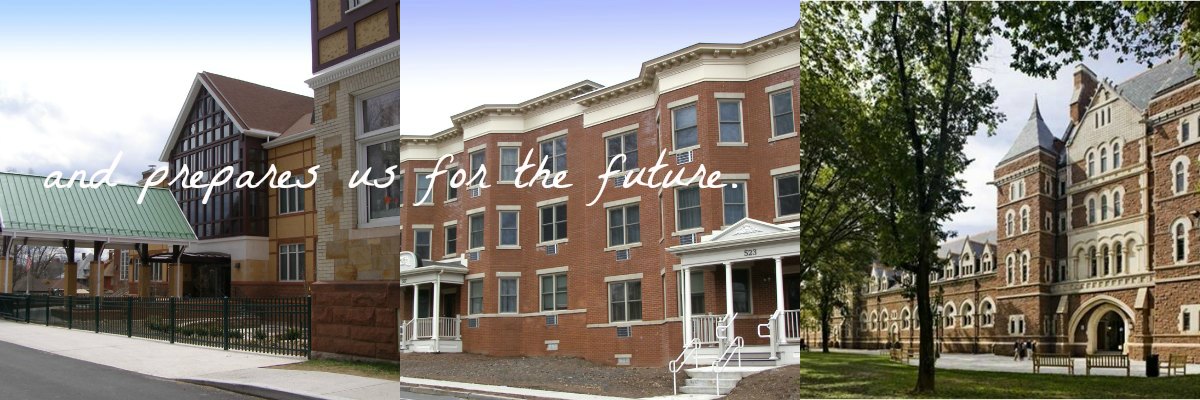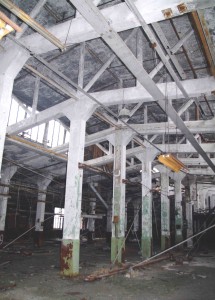HPA has invited a group of partners and friends to be our guest bloggers during Preservation Month. We have asked them to write on various topics surrounding the theme “Why Preservation Matters in Hartford” based on the web articles Six Reasons to Save Old Buildings and What’s ‘Historic’- and Who Says? Nine Practical Reasons to Save Old Building.
OLD BUILDINGS HAVE INTRINSIC VALUE
Marguerite Carnell Rodney
If you want an apartment that has unique character—not a plain vanilla box—where do you look? Most often, it’s not in a new building. By its very nature, adaptive re-use of mills and factories for housing often produces spectacular living spaces. Our firm is working on the old Capewell Horse Nail Factory, which has stood vacant for over 25 years in the Sheldon-Charter Oak neighborhood. Finally the right developer has taken on the challenge, and it will be renovated to become apartments with the distinctive industrial character of the factory building.
The Capewell factory, which made nails for horseshoes, was an important Hartford manufacturing center from the late 19th century to 1985. Built in 1903 after a fire that destroyed an earlier building, it’s three stories high, with a tower and a roof monitor. A single-story wing on the west side served as the storehouse. While the factory has deteriorated, it was well built and the steel and concrete structure is basically sound.
The exterior will be restored and the interior character will be retained both in the public spaces and in the apartments. The floors will remain concrete, and tenants can decorate with their choice of area rugs to add warmth. The brick walls will be left exposed. The high concrete ceilings will remain, and we are selecting pendant lights, ceiling fans, and other fixtures with just the right industrial flavor. On the third floor, loft units will be flooded with light from the roof monitor. The apartments will look and feel like part of an early 20th century factory, with modern conveniences added for 21st century living.
 But the intrinsic value of old factories goes beyond their cool industrial aesthetic. Reusing old buildings almost always has less environmental impact than building new ones, and many old buildings have features that make them sustainable. Capewell’s roof monitor and large operable windows, for example, will supply lots of daylight and natural ventilation. The project will be certified as LEED-NC Gold, with photovoltaic panels on the main building and a green roof on the single-story wing. Energy efficiency savings will be passed along to the tenants, 30% of whom will qualify for affordable housing. When it reopens, this old building will add economic value and much-needed affordable housing to the city, while enhancing the character, sustainability, and well being of the neighborhood.
But the intrinsic value of old factories goes beyond their cool industrial aesthetic. Reusing old buildings almost always has less environmental impact than building new ones, and many old buildings have features that make them sustainable. Capewell’s roof monitor and large operable windows, for example, will supply lots of daylight and natural ventilation. The project will be certified as LEED-NC Gold, with photovoltaic panels on the main building and a green roof on the single-story wing. Energy efficiency savings will be passed along to the tenants, 30% of whom will qualify for affordable housing. When it reopens, this old building will add economic value and much-needed affordable housing to the city, while enhancing the character, sustainability, and well being of the neighborhood.
Marguerite Carnell Rodney is Director of Historic Preservation at Crosskey Architects, winner of multiple Hartford Preservation Alliance awards.








